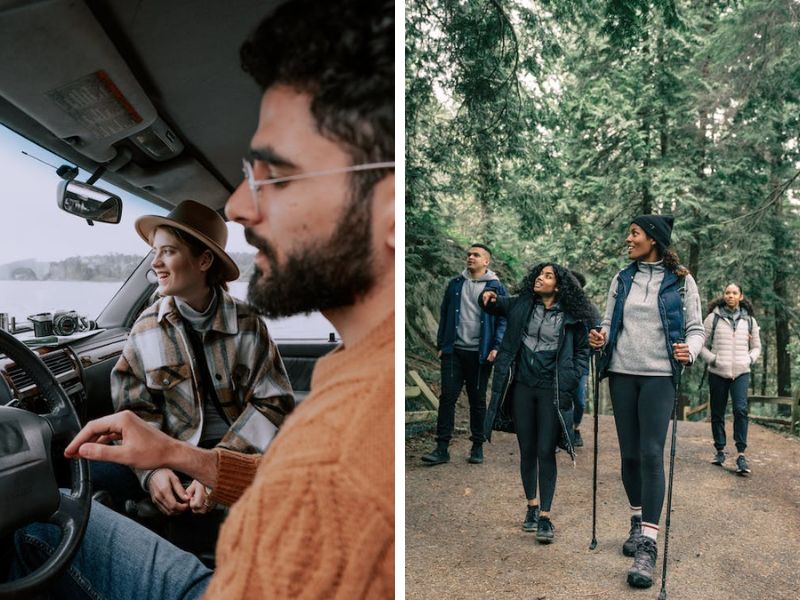Planning a summer road trip? Don’t forget the crucial task of taking breaks! Cardiologists emphasize the importance of getting out of the car and moving around every one to two hours, especially on lengthy rides lasting at least four hours. Prolonged sitting can disrupt blood flow, cause dehydration, and contribute to dangerous clots like deep vein thrombosis (DVT). Dr. Vladimir Lakhter, an interventional cardiologist, warns that extended periods of seated driving increase the risk of DVT. Stay safe and healthy by making frequent stops during your journey!

Image Credit: Pexels/cottonbro studio & Pexels/PNW Production
Blood Flow During Car Rides: What You
Need To Know
Prolonged car rides can lead to blood pooling in the lower legs and calves due to reduced muscle contraction. It can trigger clot formation, known as deep vein thrombosis (DVT). If a clot breaks loose and reaches the lungs’ main arteries, it can cause a life-threatening condition called pulmonary embolism. Symptoms of pulmonary embolism include shortness of breath, chest pain, lightheadedness, cough, and back pain.
Risk Factors For Travel-Induced Blood
Clots
Everyone is at risk of getting a blood clot. Taking breaks during road trips and being aware of clot symptoms is crucial. Some individuals face higher risks, including older adults, those with clotting histories, people undergoing cancer treatment, and those with clotting disorders. Recent surgery and extended immobility also increase the risk. The risk of clots persists even after the trip, with the most significant threat in the week following travel and a lingering heightened risk for several weeks.

Image Credit: Pexels/Mart Production
Getting The Most Out Of Your Breaks
- Take brief walks every hour to keep blood circulation efficient.
- Stay hydrated to reduce the risk of clots; avoid dehydrating beverages like caffeine and alcohol.
- Wear knee-high compression socks (20 to 30 mmHg) to support blood flow in the lower legs.
- Opt for loose-fitting clothing to avoid restricting blood flow.
- Those at high risk may consider blood thinners for travel. Consult a healthcare provider for guidance.
- If breaks are delayed, exercise legs in the car by extending them and flexing ankles in repetition (as recommended by CDC).